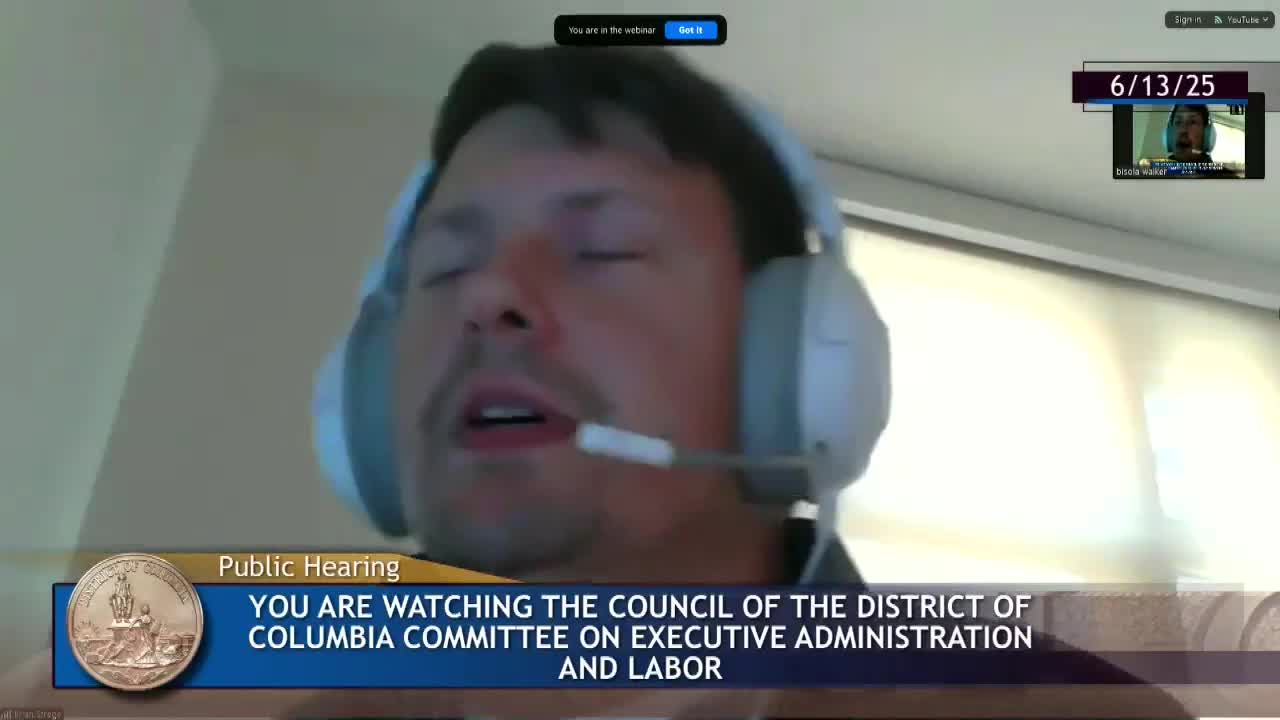Lawmakers debate whiteout use on petition sheets under new bill
June 13, 2025 | Committee on Executive Administration and Labor, Committees, Legislative, District of Columbia
Powered by Soar

This article was created by AI using a video recording of the meeting. It summarizes the key points discussed, but for full details and context, please refer to the video of the full meeting. Link to Full Meeting
One of the primary topics of discussion was the ongoing debate regarding the use of whiteout or correction tape on petitions. Participants expressed concerns about whether these tools should be permitted, given that the current bill appears to allow for their use, albeit indirectly.
A key point raised was the interpretation of the bill, which some believe would prohibit any modifications to signatures after they are written. However, it was noted that the bill does not explicitly ban whiteout, leaving room for interpretation. A scenario was presented where a circulator could use a correction tape tool while still in the presence of the signer, suggesting that the bill may not effectively prevent the use of such tools.
After considerable deliberation, some committee members concluded that the legislation should be amended to explicitly ban the use of whiteout altogether. This change aims to clarify the rules surrounding petition signatures and ensure the integrity of the petition process.
The meeting concluded with a consensus that further revisions to the bill are necessary to address these concerns and provide clear guidelines on the use of correction tools in the petitioning process. The committee plans to revisit this issue in future sessions to finalize the legislation.
Converted from District of Columbia (Executive Administration and Labor) - Committee on Executive Administration & Labor, Public Hearing, Anita Bonds, Chairperson - Jun 13, 2025 meeting on June 13, 2025
Link to Full Meeting
Comments
View full meeting
This article is based on a recent meeting—watch the full video and explore the complete transcript for deeper insights into the discussion.
View full meeting